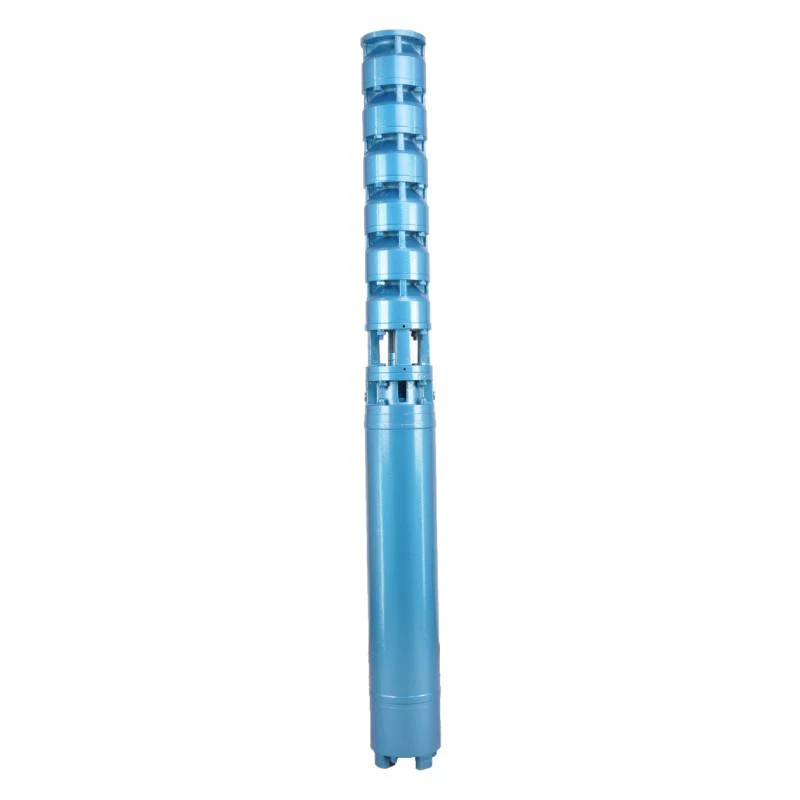Oct . 15, 2024 20:40 Back to list
Submersible Solar Water Pumps for Efficient Irrigation and Sustainable Water Supply Solutions
The Advantages and Applications of Submersible Solar Water Pumps
As the world moves towards sustainable energy solutions, submersible solar water pumps have gained immense popularity, especially in rural areas and regions with limited access to electricity. These innovative devices harness the power of solar energy to provide an efficient and eco-friendly way to extract and move water, making them an invaluable tool for various applications ranging from agriculture to domestic use.
What are Submersible Solar Water Pumps?
Submersible solar water pumps are designed to operate underwater. They consist of a pump body, which is submerged below the water level, and a motor that drives the pump. Unlike traditional pumps that require a separate power supply, these pumps connect directly to solar panels, allowing them to draw energy from sunlight. This design makes them highly efficient and reduces the dependency on fossil fuels or grid electricity, thus promoting renewable energy use.
Advantages of Submersible Solar Water Pumps
1. Cost-Effective Water Supply One of the most significant advantages of submersible solar water pumps is their cost-effectiveness. They operate without fuel costs and have minimal maintenance expenses. Once installed, the only ongoing costs are related to maintenance, which is significantly lower than traditional fuel-powered pumps.
2. Environmentally Friendly By using solar energy, these pumps reduce carbon emissions and contribute to a sustainable future. They are an ideal solution for locations that prioritize the reduction of their environmental footprint.
3. Easy Installation and Portability Submersible solar water pumps are relatively easy to install, as they do not require extensive infrastructure. This portability makes them ideal for temporary applications, such as construction sites or emergency water supply.
4. High Efficiency Solar water pumps can achieve high levels of efficiency in converting solar energy into usable power. Advances in technology have improved their output, making them suitable for a wide range of water pumping needs.
solar water pumps submersible

5. Low Maintenance Requirements These pumps typically have fewer moving parts than traditional pumps, resulting in lower wear and tear. Routine maintenance involves simple tasks such as cleaning the solar panels and inspecting the pump for clogs or debris.
Applications of Submersible Solar Water Pumps
1. Agriculture Farmers widely use submersible solar water pumps for irrigation purposes. They can effectively pump water from wells, ponds, or lakes to irrigate crops, ensuring a steady supply of water that is crucial for agricultural productivity. This method is especially beneficial in regions with limited access to electricity, allowing farmers to irrigate large areas with minimal effort.
2. Domestic Use In rural areas where electricity access is poor, submersible solar water pumps can supply water for household use. They can provide water for drinking, cooking, washing, and bathing, enhancing the quality of life for residents.
3. Livestock Watering Farmers can also use these pumps to provide a reliable water source for livestock. Ensuring that animals have constant access to fresh water is essential for their health and productivity.
4. Remote Locations In places like national parks or remote villages where conventional electricity is not available, submersible solar water pumps offer an efficient solution to meet water needs. They can be utilized in wildlife reserves or campsites, providing necessary water supply without harming the environment.
5. Emergency Water Supply During natural disasters or emergencies, these pumps can provide crucial water supply solutions. Their independence from the electrical grid makes them an ideal choice for humanitarian aid efforts.
Conclusion
Submersible solar water pumps represent a significant advancement in water management technology. Their ability to harness solar energy effectively makes them a game-changer, particularly in regions where traditional power sources are unavailable or unreliable. By reducing costs, lowering environmental impact, and expanding access to water, these pumps contribute to a sustainable future while meeting the diverse needs of agriculture, domestic use, and emergency responses. As technology advances and solar energy becomes increasingly affordable, the adoption of submersible solar water pumps is expected to grow, providing even more communities with access to clean and reliable water.
-
Submersible Water Pump: The Efficient 'Power Pioneer' of the Underwater World
NewsJul.01,2025
-
Submersible Pond Pump: The Hidden Guardian of Water Landscape Ecology
NewsJul.01,2025
-
Stainless Well Pump: A Reliable and Durable Pumping Main Force
NewsJul.01,2025
-
Stainless Steel Submersible Pump: An Efficient and Versatile Tool for Underwater Operations
NewsJul.01,2025
-
Deep Well Submersible Pump: An Efficient 'Sucker' of Groundwater Sources
NewsJul.01,2025
-
Deep Water Well Pump: An Efficient 'Sucker' of Groundwater Sources
NewsJul.01,2025
-
 Submersible Water Pump: The Efficient 'Power Pioneer' of the Underwater WorldIn the field of hydraulic equipment, the Submersible Water Pump has become the core equipment for underwater operations and water resource transportation due to its unique design and excellent performance.Detail
Submersible Water Pump: The Efficient 'Power Pioneer' of the Underwater WorldIn the field of hydraulic equipment, the Submersible Water Pump has become the core equipment for underwater operations and water resource transportation due to its unique design and excellent performance.Detail -
 Submersible Pond Pump: The Hidden Guardian of Water Landscape EcologyIn courtyard landscapes, ecological ponds, and even small-scale water conservancy projects, there is a silent yet indispensable equipment - the Submersible Pond Pump.Detail
Submersible Pond Pump: The Hidden Guardian of Water Landscape EcologyIn courtyard landscapes, ecological ponds, and even small-scale water conservancy projects, there is a silent yet indispensable equipment - the Submersible Pond Pump.Detail -
 Stainless Well Pump: A Reliable and Durable Pumping Main ForceIn the field of water resource transportation, Stainless Well Pump has become the core equipment for various pumping scenarios with its excellent performance and reliable quality.Detail
Stainless Well Pump: A Reliable and Durable Pumping Main ForceIn the field of water resource transportation, Stainless Well Pump has become the core equipment for various pumping scenarios with its excellent performance and reliable quality.Detail
